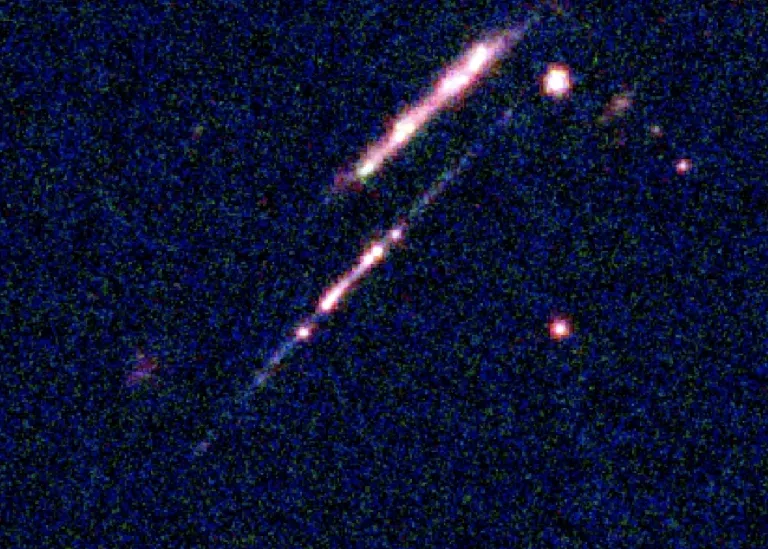Magnified Insights into Early Galaxy Evolution
Researchers study young galaxies with the James Webb Space Telescope, revealing 5 massive star clusters formed 460 million years after Big Bang.

This image taken by the James Webb Space Telescope (JWST) shows the ancient galaxy magnified by gravitational lensing.
- New study reveals insights about young galaxies soon after the ‘Big Bang’ using observations from the James Webb Space Telescope (JWST).
- The galaxy SPT0615-JD, also known as the Cosmic Gems Arc, is magnified through gravitational lensing and has allowed the team to study smaller structures inside an infant galaxy for the first time.
- The galaxy harbors five young massive star clusters in which stars are formed.
- The discovery of these star clusters provides new insights into how and where globular clusters are formed.
- The study confirms that the light from the galaxy was emitted 460 million years after the Big Bang, allowing astronomers to “look back in time” at a period when the universe was still in its early stages.
- The findings have implications for our understanding of the history of stars and galaxies and how they evolved over billions of years.
- The study also highlights the importance of gravitational lensing as a tool for studying distant objects, allowing astronomers to observe finer details in galaxies that would be otherwise too far away.
- The team plans to build a larger sample of similar galaxies and conduct further observations using JWST’s spectroscopic capabilities.
Source: Stockholm University